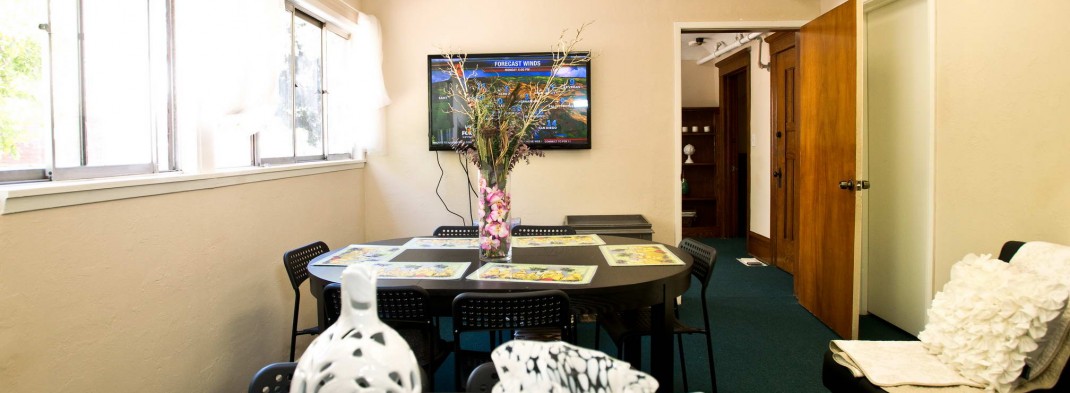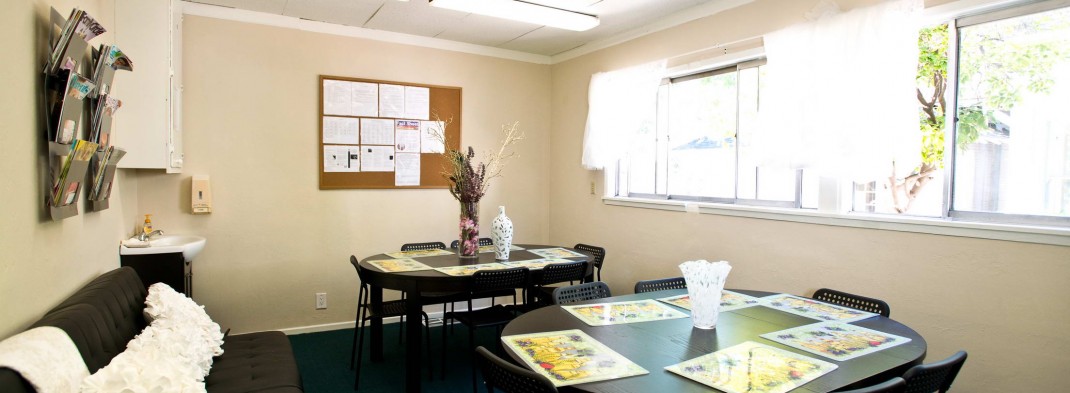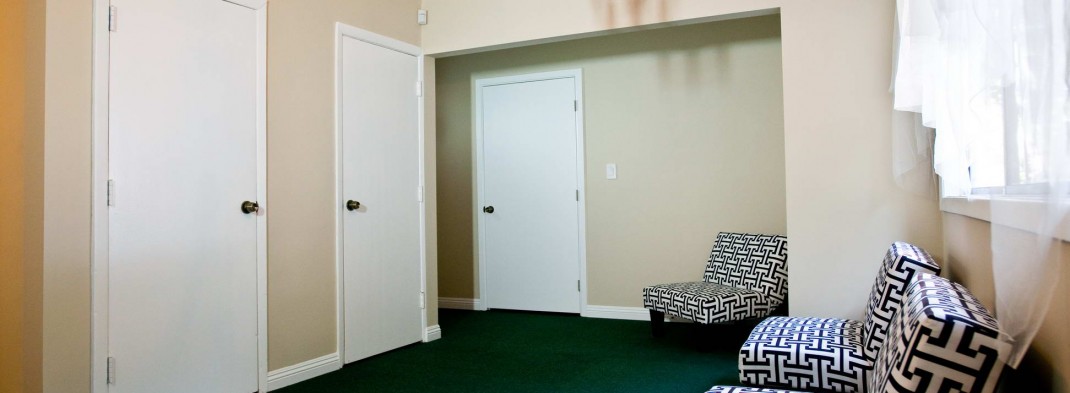We are trying to hear the "signal" amongst the "noise" which is the within groups variability. Good values range between 1.5 and 2.5 (50% and 150% improvement, respectively). Bimolecular Fluorescence Complementation (BiFC ... - ScienceDirect.com Tap to unmute. If you like to use the 3dB rule of thumb threshold, you actually need to input 6dB. How to Easily Calculate the Dot Product in Excel? The number of scans should therefore be set so as to ensure a good S/N. So, if your SNR measurements are already in decibel form, then you can subtract the noise quantity from the desired signal: SNR = S - N. This is because when you subtract logarithms, it is the equivalent of dividing normal numbers. In Taguchi Method, there are 3 (three) characteristics values converted in Signal to Noise Ratio (S/N Ratio). You can use iwlist command like this: iwlist scan. Adjusting the Number of Scans in a Data Collection . Where: Number (required) - the value whose rank you'd like to find.. Ref (required) - a list of numeric values to rank against. Copy link. The formula for the smaller-is-better S/N ratio using base 10 log is: S/N = −10*log (Σ (Y 2 )/n) where Y = responses for the given factor level combination and n = number of responses in the factor level combination. The calculations are hidden in the OQ-PQ report, but you can view by exporting to Excel file. Outline • Introduction • . In this context there is no "maximum SNR" but will be the SNR for your entire image, meaning the power of your desired signal relative to everything else (distortions). You need to give a lot more information about the noise before you can get the signal to noise ratio. Noise Measurements of Linear Devices or Non-Frequency translating PDF Quantitative NMR Spectroscopy Noise and Noise Measurements - RF Cafe Taguchi L9 (3 level) Four Factor - SigmaXL You calculate the power of the signal, This is the easy part.
how to calculate signal to noise ratio in excel
Leave a reply











